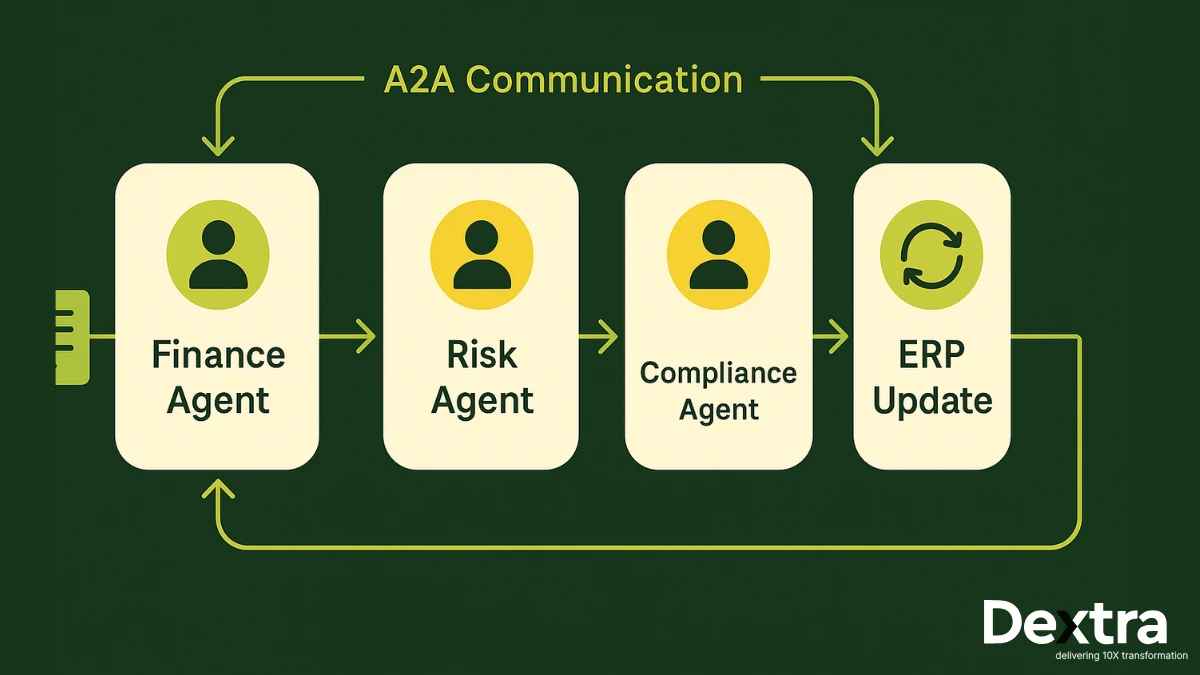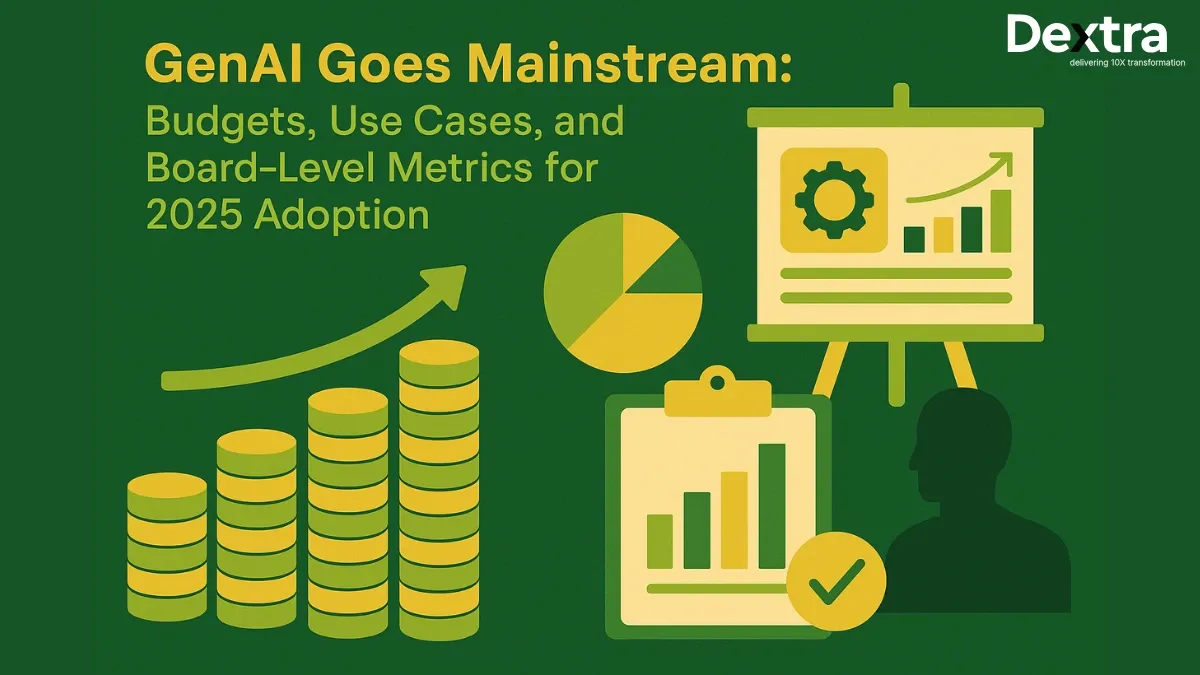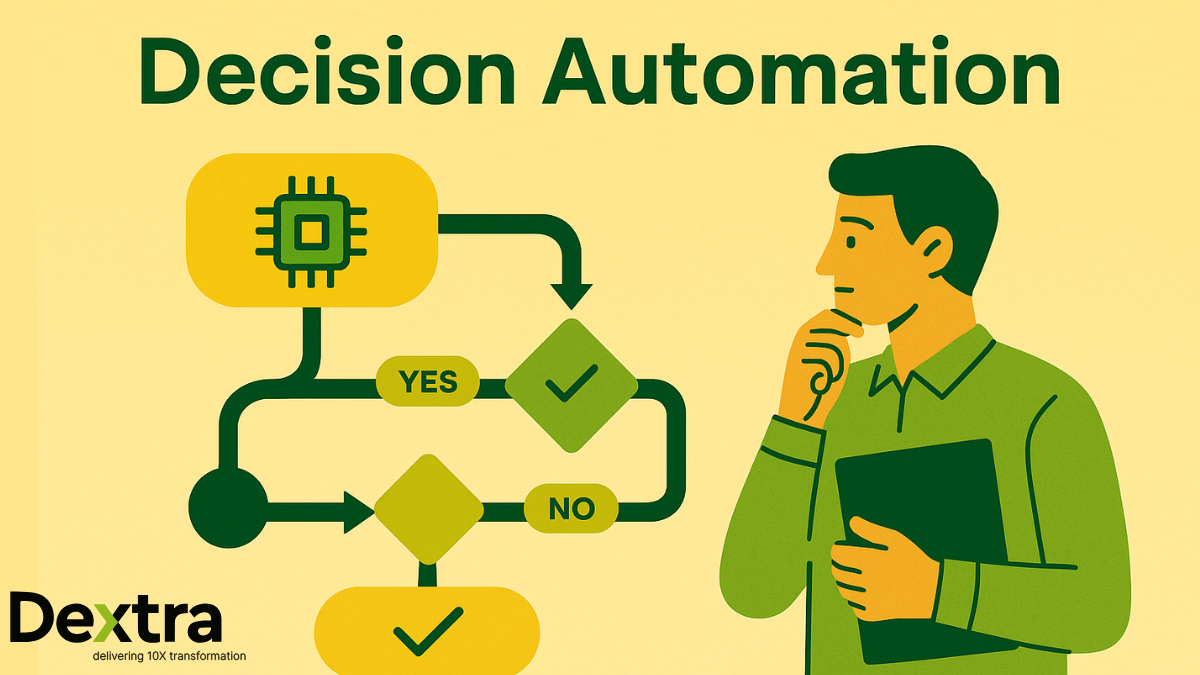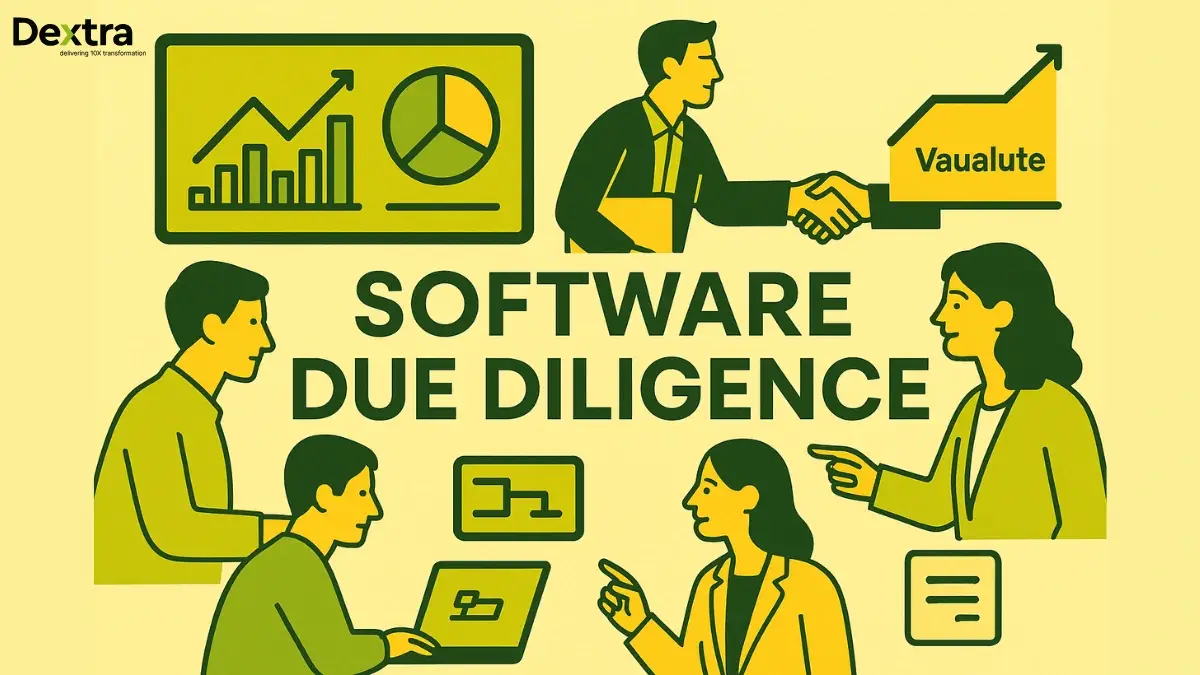“Wait, which GPT is that again? The one that can see images? Or was that Claude? And what’s the difference between GPT-4 and GPT-4o?”
Sound familiar? You’re not alone.
We’re in the middle of an AI model boom, where it feels like there’s a new three-letter acronym dropping every other week. Each one claims to be more “aligned,” more “multimodal,” or better at “reasoning” than the last. It’s enough to make even die-hard tech fans want to give up.
But here’s the real deal: underneath all the marketing buzz and complex lingo, every model has its strengths—and its own weak spots. Some are blazing fast but struggle with tricky reasoning. Others think like professors but come with a hefty price tag.
This guide is here to cut through the clutter and the corporate spin to show you what each major GPT model actually does well, where it stumbles, and—most importantly—which one is worth your time (and your API credits) based on what you need. Let’s Continue reading!
From AI Agents to True Intelligence
Transform your DevOps workflow with Dextralabs’ cutting-edge AI solutions—designed to boost autonomy, adaptability, and efficiency.
Book a Free Ai ConsultationBeyond the Basics: What Sets Each GPT Version Apart?
While all GPT models share the same foundational architecture (Generative Pre-trained Transformers), they differ significantly in their training, optimization focus, and specialized capabilities.
The Flagship Models:
1. GPT-4
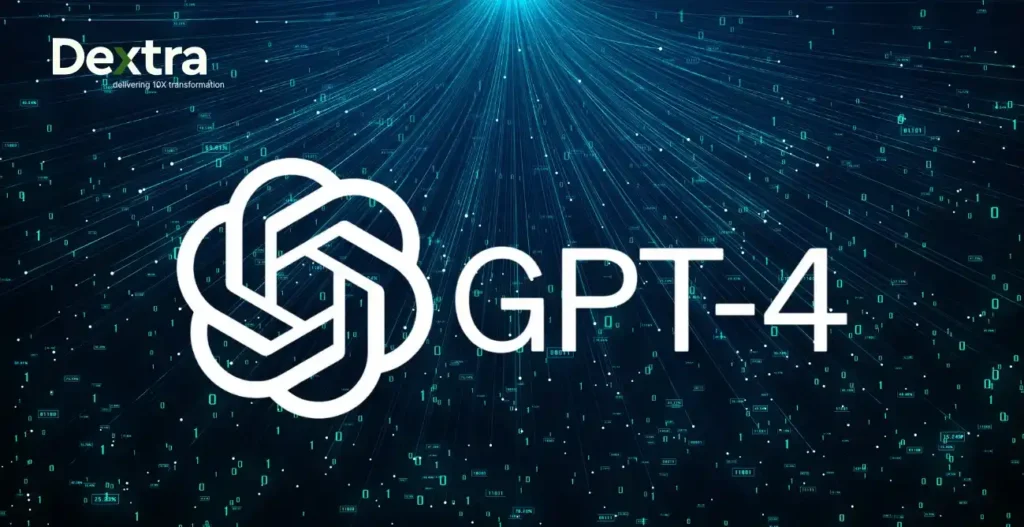
GPT-4 (March 2023 launch): The top-tier performer. Can engage in intricate tasks from important legal analyses to advanced math and very subtle creative writing. It is also said to be steerable or can be fine-tuned along the usages of their tone, for instance: “Explain like I am 5” or “Write a corporate memo.”
2. GPT-4.5
ChatGPT 4.5, or GPT-4.5, is OpenAI’s largest LLM that does not perform reasoning. It is currently under research preview and is only open to paid subscribers. The GPT-4.5 model is excellent at creative writing, much more than any other model. It can pick up patterns from convoluted prompts, create connections, and come up with creative insights without reasoning.
OpenAI said that GPT-4.5 has a higher “EQ” (Emotional Quotient) that makes the interaction feel much more natural. It is also funnier than the other models.
GPT-4.5 should help in writing and programming enhancement. However, due to its large size, OpenAI removed the GPT-4.5 model from the API, but paid users retain access under “More models” in ChatGPT.
3. o4-mini
The successor to the o3-series, o4-mini on ChatGPT, is the latest reasoning AI model. It is a smaller model aimed at quicker and more economical reasoning operations. O4-mini, like any other reasoning model, excels at math, coding, and visual tasks, and in fact, even with its smaller size, O4-mini outperforms the larger O3 model in coding and math.

In visual tasks as well, o4-mini is competitively proficient. While O3 has a larger base model and, therefore, a broader knowledge base, the compact O4-mini is not to be overlooked. Furthermore, the improvement in computational and temporal resources in the o4-mini-high model makes it superior at coding and visual reasoning.
Due to its small size and great performance, OpenAI has made the o4-mini model available to free ChatGPT users by replacing the o3-mini model. To use o4-mini on the free version of ChatGPT, simply click on the “Extended thinking” button. Users are advised to utilize this model while dealing with STEM-related queries, coding questions, and other advanced problems.
4. ChatGPT 4.1
The latest addition to OpenAI’s arsenal is the GPT-4.1 model, which was initially released for developers on the API but later expanded to ChatGPT users as well. The model focuses on better responsiveness and higher context windows for coders, hence its wider adoption. As the name suggests, ChatGPT 4-1 isn’t a reasoning mode. OpenAI advises using it for code-related queries in order to save time and money compared to “spending” on GP4o.
Long-context tasks are best served with the support of 4-1, which performs excellently with an astounding 1 million token context window, and with a refreshed knowledge cutoff of June 2024. The last bit mentioned also provides reduced answers from the smaller-bodied 4-1 mini and nano models. Furthermore, there’s improved efficiency calculated at just about the same price.
If you’re looking for a quick non-reasoning AI model to handle your code, set it to GPT-41 in ChatGPT rather than GPT-4. Just a reminder, it’s exclusively offered to paid users of ChatGPT.
5. ChatGPT o1 pro
People seem to forget the O1 pro mode exists since it’s supposedly being neglected in the market with the O3 and O4-mini releases, but it still retains powerful reasoning capabilities stemming from the first O1 model. It serves better as a high-compute mode, not an independent reasoning model.
The O1 pro mode offers more computation and time for thinking in exchange for solving more advanced math, science, and coding problems. This chatgpt version possesses the ability to think for minutes at a time to devise solutions for complex problems.
Given that it offers more in terms of compute resources, the O1 Pro mode is only accessible to ChatGPT Pro users at $200 a month. OpenAI has recently announced that an o3 pro mode with high-computation features is coming soon, which will replace o1 pro mode for Pro users.

6. ChatGPT-o3
The O3 model on ChatGPT is one of the reasoning-type AI architectures and is the most capable one from OpenAI. The full-fledged o3-type model performs excellently in coding, math, science, and visual perception. Hence, the O3 is to be applied for STEM-related questions and visual tasks. You just throw the most complex questions at O3, and it takes several minutes to think about generating an appropriate response.
It is also multimodal; it can accept images, charts, and diagrams. Imagine this power so strong that the visual perception of O3 is capable of telling the exact location from a photograph. By far, it is agentic, meaning it accesses multiple tools within ChatGPT, including a Python interpreter, web search, file analysis, image analysis/generation, etc., to elaborate on a response.
The o3 is accessible only on ChatGPT Plus and other paid plans; thus, one can use it from the ChatGPT drop-down menu.
7. GPT-3.5 Turbo
The true “workhorse” of the family. A step down from GPT-4 regarding price, it can still come out on top, besting an email draft or language debugging. Good for applications where really fast and reliable responses are a must, but nice-to-have pricing considerations are a bit too much.
Specialized Implementations
DALL·E 3
Key Attributes:
- So sort of not a chatbot, really. Part of the family! For example, a prompt like “a cat astronaut riding a skateboard on Mars” immediately goes viral.
Best suited for:
- Text-to-image generation.
Codex
Key Attributes:
- For programmers, OpenAI has newly introduced Codex, its cloud-based software engineering AI agent. It is powered by the new `codex-1′ AI model, which in turn stems from a reasoning model named `o3‘ and is optimized for coding purposes.
- OpenAI trained the Codex-1 model using reinforcement learning (RL) on “real-world coding tasks in a variety of environments to generate code that closely mirrors human style and PR preferences.”
- OpenAI markets Codex-1 as its best AI model for coding.
- This AI agent and model are not available for use free-form from within ChatGPT, but can be accessed via the sidebar in ChatGPT. Note that getting the AI agent and model requires at least a ChatGPT Pro subscription or higher. ChatGPT Plus users will soon enjoy access to it.
Best suited for:
- It can generate code, add features, run tests, validate tests, create PRs, and more.
Claude Models
Key Attributes:
- A constitutional AI model with stronger adherence to human ethics.
- Especially skilled at comprehensively accomplishing sophisticated directives.
- Exceptional at recapping and extracting salient information.
- More robust against some forms of prompt crafting abuse.
Best suited for:
- Moderation of sensitive topics that demand deep contextual comprehension.
- Execution of tasks that involve strict adherence to comprehensive instructions.
- Summarization of research reports that include major outcomes, including pivotal discoveries.
- Applications that involve a high risk for misuse need to be safeguarded against potential misuse.
Llama Models
Key Attributes:
- Users can customize it through the open-source foundation.
- Different sizes are available to meet diverse computational requirements.
- This solution performs exceptionally well with minimal resources.
- The community contributes to enhancing and modifying the technology.
Best suited for:
- The technology serves best for deployments within private settings.
- This solution works well for customized applications that need model adjustment capabilities.
- The technology is designed for low-resource environments used in edge computing applications
- Model architecture research and experimentation find the technology helpful
Making the Right Choice: Decision Framework
When selecting a GPT model for your specific needs, consider these dimensions:
- Identify Your Objectives: You need to establish your desired outcomes for the GPT model.
- Assess Your Financial Plan: Determine how much you can spend while matching the essential features.
- Testing Multiple Versions: Try out different models through demo versions or trial periods to identify the best option for your needs.
- Expert Consultation: Reach out to AI experts through communities or professional services to receive their advice and suggestions.
Implementation Best Practices
Regardless of which GPT model you choose, these practices will help maximize effectiveness:
Prompt Engineering
- Different models respond differently to prompt structures
- GPT-4 models generally require less explicit instruction
- GPT-3.5 models benefit from more structured prompts with examples
- Test prompts systematically across potential models to compare performance
Hybrid Approaches
- Use less expensive models for initial processing or filtering
- Reserve high-end models for tasks requiring sophisticated reasoning
- Implement retrieval-augmented generation for knowledge-intensive tasks
Evaluation Framework
- Develop model-specific benchmarks relevant to your use case
- Regularly audit outputs for quality and alignment with objectives
- Track performance changes across model versions and updates
Fallback Mechanisms
- All models have limitations and failure modes
- Implement detection systems for low-confidence outputs
- Create graceful degradation paths when models underperform
The Future Landscape
The GPT ecosystem continues to evolve rapidly, with several emerging trends worth monitoring:
Model Efficiency
- Smaller models are achieving capabilities previously requiring much larger ones
- Reduced computational requirements make deployment more accessible
- More options for edge and mobile deployment
Multimodal Integration
- Increasing seamlessness between text, image, audio, and video processing
- Enhanced reasoning across different forms of information
- New applications leveraging an integrated understanding of diverse content types
Specialized Architecture Variants
- Models optimized for specific domains or tasks
- Architectures designed for particular computational constraints
- Novel approaches to training and fine-tuning for enhanced performance
Final Words
Let’s be real – The AI environment develops rapidly today. No longer does anyone present a single model for acceptance or rejection but instead offers multiple options. Today’s GPT models function as a toolbox that contains various tools rather than a single hammer. The different models provide various features according to their speed and processing power for basic tasks and demanding creative work.
The most interesting part of this approach is the ability to select many solutions instead of just one. Teams show their cleverness by combining different models to perform tasks quickly and economically, with premium options reserved for their best applications.
The main priority remains finding the best solution for the situation. If you want to develop a customer chat function, then you should choose a model that handles interaction rapidly. When it comes to content generation, you should select a model that provides better creative output and contextual understanding.
The industry follows a trend of declining prices and expanding choices, which now allows small teams to participate in the market. The secret to success lies in identifying which model performs best for each task.
The true winners in the AI domain will not emerge from those who own the most cutting-edge AI tools but from those who master the art of selecting optimal tools for their tasks. This is the essential component of success within the modern AI landscape.
FAQs on GPT Models:
Q. How many versions of ChatGPT are there?
There are several versions of ChatGPT, including GPT-3.5, GPT-4, GPT-4.5, GPT-4o, GPT-4o Mini, and GPT-4.1. Each new version brings improvements in speed, accuracy, and capabilities.
Q. Has GPT-4.5 been released?
Yes, GPT-4.5 (also known as “Orion”) was officially released on February 27, 2025. It’s available for ChatGPT Plus and Pro users and includes upgrades in reasoning and response time.
Q. What are GPT models?
GPT stands for “Generative Pre-trained Transformer.” These models are advanced AI systems trained to understand and generate human-like text based on massive amounts of information. They’re used in everything from chatbots to creative writing and coding.
Q. Is there a GPT-5?
Not yet. GPT-5 hasn’t been released as of now, and OpenAI hasn’t confirmed an exact launch date.
Q. Is GPT-5 coming out?
Yes, GPT-5 is in development. OpenAI is working on making it even smarter, with the possibility of merging different models into one powerful system. It’s expected to arrive sometime in mid-2025.
Q. Is GPT-4 launched?
Yes, GPT-4 was officially launched on March 13, 2023. It’s more advanced than GPT-3.5 and available through ChatGPT Plus and the OpenAI API.
Q. Is ChatGPT-4 available?
Absolutely! You can access ChatGPT-4 by subscribing to the ChatGPT Plus plan. It’s also available for developers via the OpenAI API.


